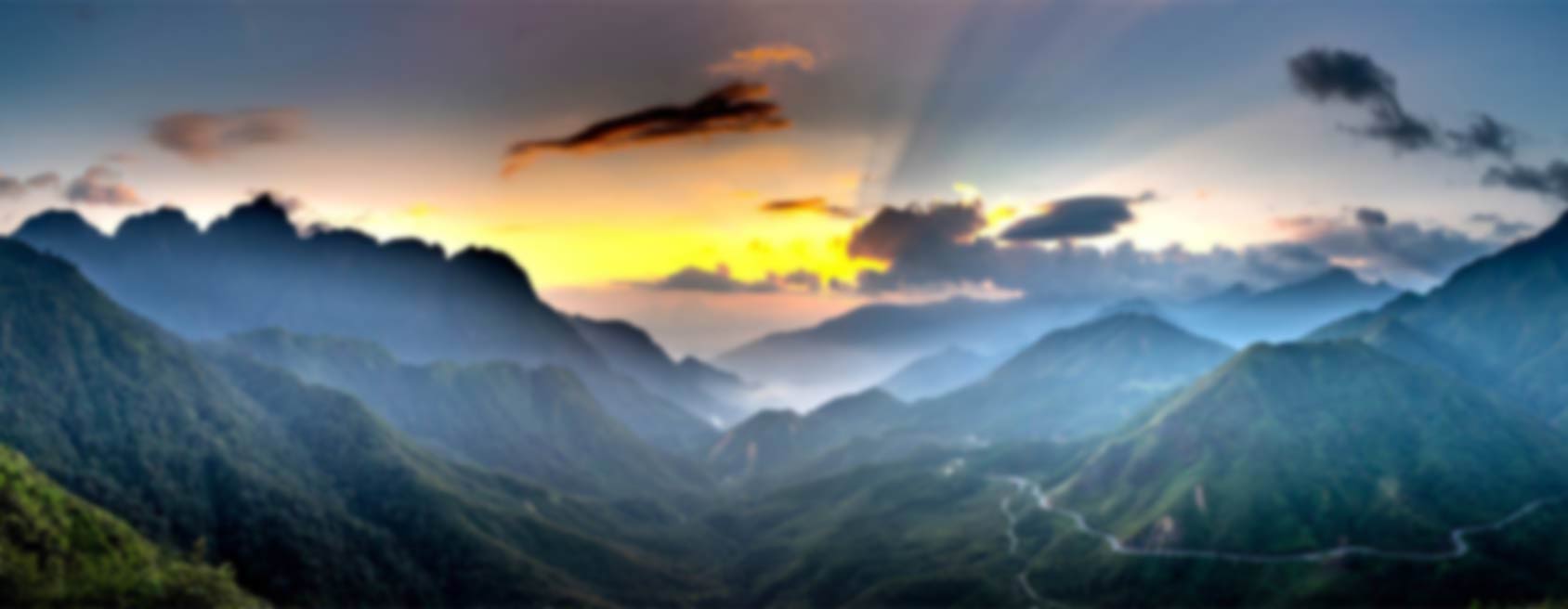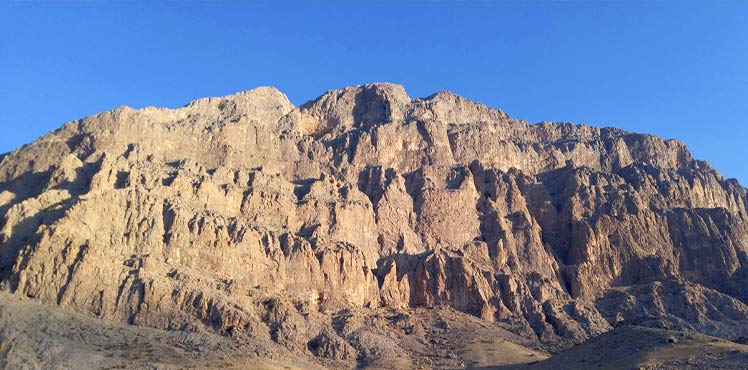
Bisotun Big Wall
Previously, I have wrote about sport climbing history in Iran. We talked about the beginning of this sport and the process it went through to become an official sport with yearly competitions. Now it is time to head to the different destinations of sport climbing in Iran and for this post, I have chosen one of the most important one or the Bisotun Big Wall. Go on an adventure to see these beautiful sights in adventure in Iran . Check out Iran’s most popular tours like Alamut tour in Atour’s official website.
Bisotun Big Wall: Geographical Aspect
The first natural step in talking about this magnificent wall is to talk about its location and geographical features and this is where we will begin. On general, Bisotun is in west of Iran and near the city of Kermanshah. To be more precise, it is 30 kilometer east of the city of Kermanshah with an area on 247.1 kilometer.
Here, we have the small towns of Bisotun, Belverdi, Cham Batan, Nader Abad, Sonqor Abad, and Qoziwand. The Bisotun big wall is around 1200m high and 5 kilometer long. With numerous routes and possibility of high-lining and wingsuit jumping. However, this area is also famous for its historical importance.
Bisotun Big Wall: Historical Aspect
One thing is obvious. Through the history, Bisotun has always been very strategically important. On general, Iran is a connection of east and west. However, this particular place is where the Achaemenid Royal Road passed from, the roads that later became part of the Silk Road. Naturally, the road was very jammed since it was one of the main paths of Iran.
Here, you can find a caravanserai, the remains of a Sassanid Palace, and some inscriptions and bas-reliefs. They all further proof that Bisotun was a busy center in the west of Iran. Why? Well it is simple. If there were no caravans passing from here, then there was no need for a caravanserai. Besides, there is the remnant of a palace here as well. Naturally, this place has been advanced enough for a royal person to live in. Let us not forget about the inscriptions. They are made as a way of showing powers. No king would order an inscription to be carve in a place where no one or few see it.
Even the name reflects its importance. The name Bisotun is the changed form of the word Boqestan meaning the place of gods. This name is a reference to the sanctity of the place and shows how important it was. In 2006, Bisotun was registered as a UNESCO World Heritage.
Bisotun Big Wall: Rock Climbing
All that being said, it is now time to talk about Bisotun as a rock-climbing destination. The wall, as mentioned, is 1200m high and 5km long. The early climbers were the locals who went there to hunt or to gather firewood. In one occasion, around 200 years ago, one of the Qajar kings was about to pass from here, many locals went to the wall and made fires there to welcome the king to their city. When the king passed the mountain at night, it was flickering with light.
First Ascend
As a sport, however, climbing in Bisotun started in 1969. A group of mountaineers and climbers that called themselves the Superman Climbing Group ascended the wall for the first time. The members of this climbing adventure were Ebrahim Babaie, Kiomars Babazadeh, Qolamhossein Vahabzadeh, and Bijan Sadeqi.
One year later, the German climber, Harry Rost came to Iran. He believed that he would be climbing Bisotun for the first time; however, as he ascended he entered the Sumpermen route and found their bolts. He was injured while climbing and had to descend and get back to the city. The first winter climb happened 13 years later. Two different group each with three climbers, one from Tehran and the other from Kermanshah headed to the wall and ascended from the Supermen route.
Bisotun Big Wall: Technical information
Ascending Routes
On general, Bisotun Mountain has four faces of west, north, south and east. Each face has its own route and access. The one that climbers usually use is the south face and the most famous routes include Harry Rost, Superman, Yal Sakht, GHM, Noghre Darreh, Simorgh, Dolomiti, Eskandar, Bisotun and Darius. Here, you can see some of these routes in the photos below. To get the route maps with a better resolution, contact us.




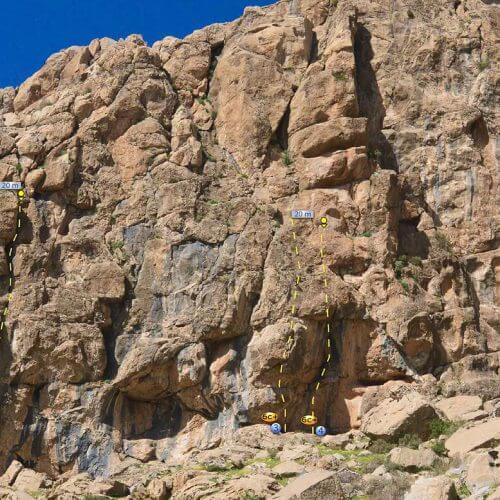
Shelters
There are 5 shelters on Bisotun big wall. Here are some information about them.
Shelter 1: This one was built 37 years ago. It is a platform of 2.3×3.0m made of wood, glass wool, and wired fence. It is in the Harry Rost route. It is also called Harry Rost Shelter.
Shelter 2: Shelter 2 had a conical shape made of aluminum and fiber. It was in the Kolahak route and destroyed in 1985.
Mammoth Shelter: It is in the Kalkosh route and in a part of the big wall known as Asal (honey). The shelter is a carpeted platform.
Yal Sakht Shelter: As the name signifies, it is in the Yal Sakht route and made from wood and glass wool. The shelter is a cabin around 7 square meter.
Kam-e Ejdeha Shelter: This one is an octagonal shelter made from metal with a gable roof. Again, as the name signifies it is in the Kam-e Ejdeha route.
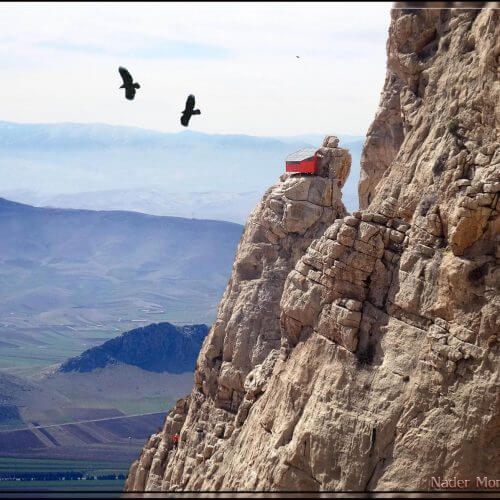

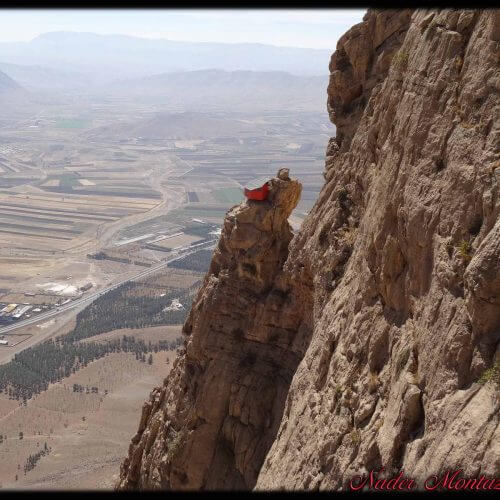
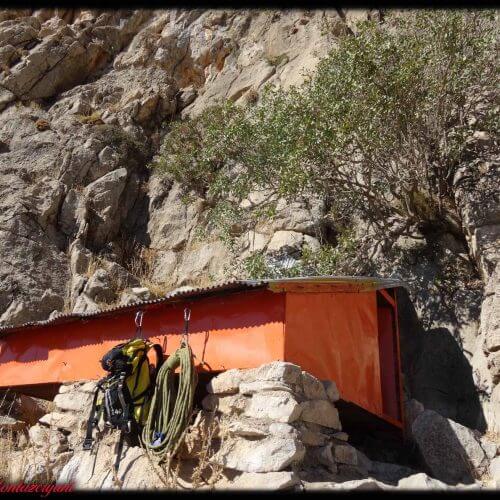
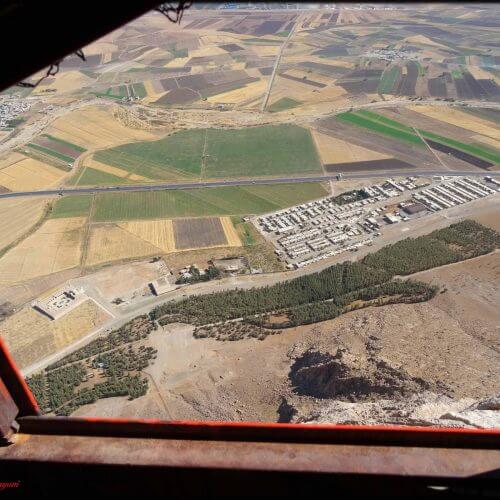
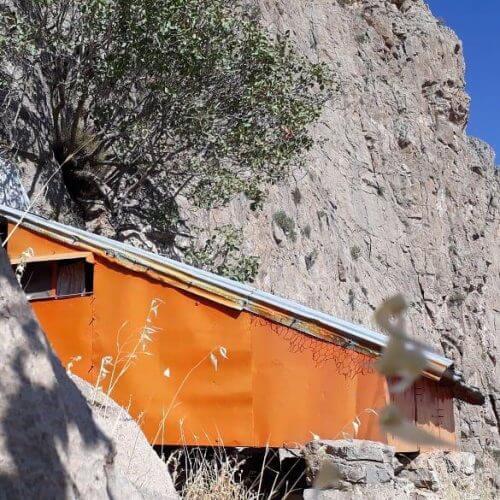
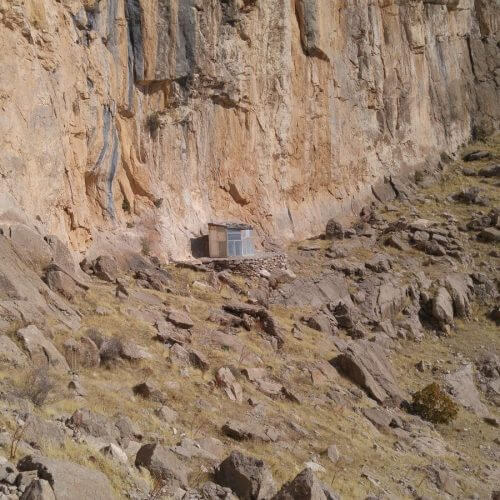
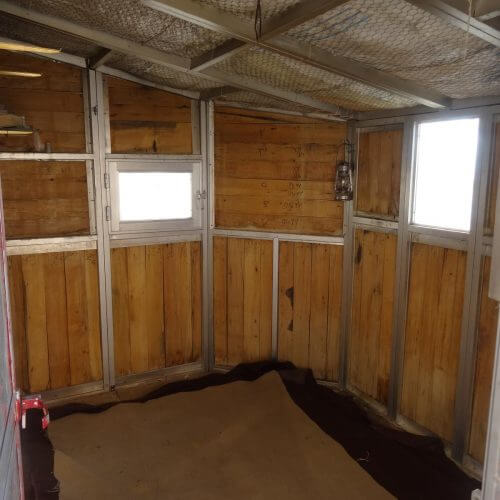
Climbing Season and More Photos
Bisotun big wall is like three steps. Depending on the route, the ascend may take a long time. Therefore, the best season would be early spring and early autumn.
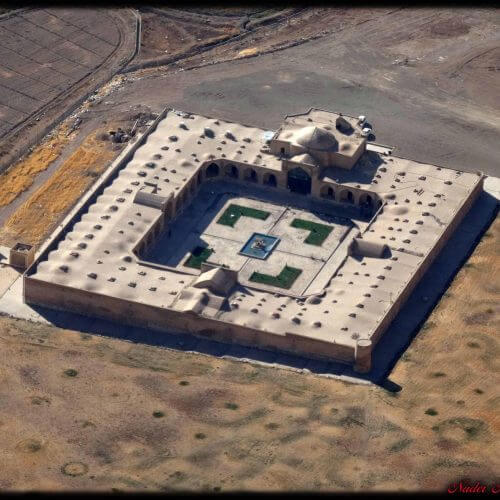

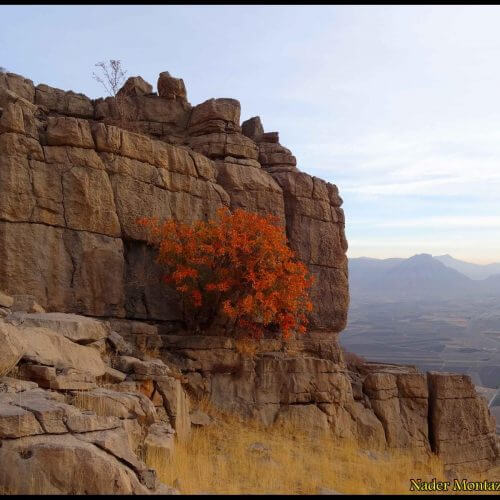
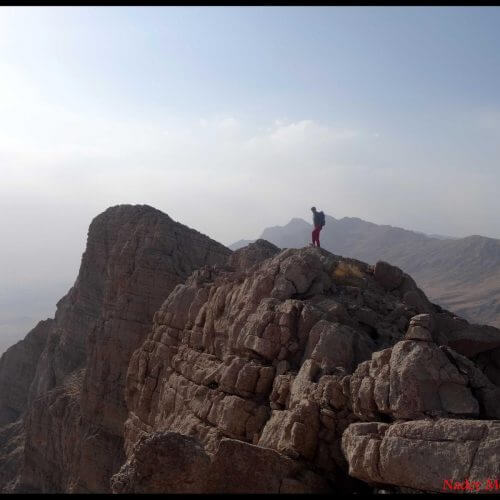
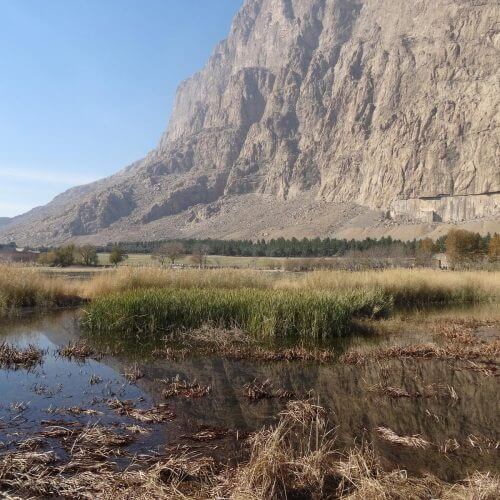

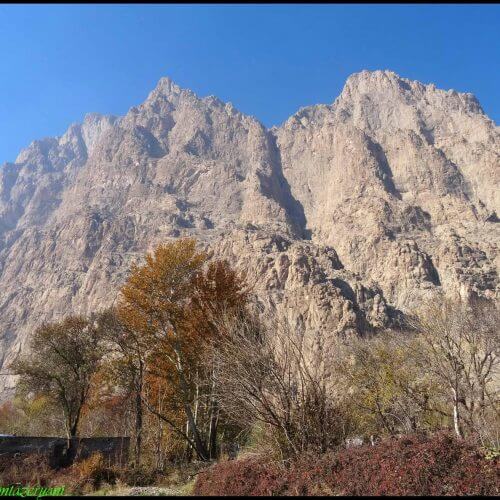
The photos mostly belong to Mr. Nader Montazeryani .






